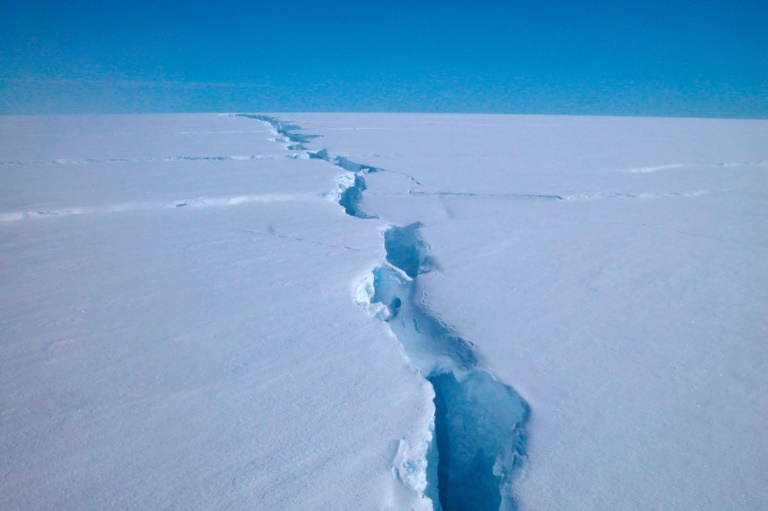New York: Researchers have shed light on the ages of ice deposits reported in the area of the Moon’s south pole — information that could help identify the sources of the deposits and help in planning future human exploration.
The study published in the journal Icarus suggests that while a majority of those deposits are likely billions of years old, some may be much more recent.
“The ages of these deposits can potentially tell us something about the origin of the ice, which helps us understand the sources and distribution of water in the inner solar system,” said study lead author Ariel Deutsch from Brown University.
“For exploration purposes, we need to understand the lateral and vertical distributions of these deposits to figure out how best to access them. These distributions evolve with time, so having an idea of the age is important,” Deutsch said.
For the study, Deutsch worked with Professor Jim Head, and Gregory Neumann from the NASA Goddard Space Flight Centre.
Using data from NASA’s Lunar Reconnaissance Orbiter, which has been orbiting the Moon since 2009, the researchers looked at the ages of the large craters in which evidence of south pole ice deposits was found.
To date the craters, researchers count the number of smaller craters that have accrued inside the larger ones.
Scientists have an approximate idea of the pace of impacts over time, so counting craters can help establish the ages of terrains.
The majority of the reported ice deposits are found within large craters formed about 3.1 billion years ago or longer, the study found.
The deposits have a patchy distribution across crater floors, which suggests that the ice has been battered by micrometeorite impacts and other debris over a long period of time.
If those reported ice deposits are indeed ancient, that could have significant implications in terms of exploration and potential resource utilisation, the researchers said.
While the majority of ice was in the ancient craters, the researchers also found evidence for ice in smaller craters that, judging by their sharp, well-defined features, appear to be quite fresh.
That suggests that some of the deposits on the south pole got there relatively recently.
The best way to find out for sure is to send spacecraft to get some samples which event appears to be on the horizon. NASA’s Artemis programme aims to put humans on the Moon by 2024, and plans to fly numerous precursor missions with robotic spacecraft in the meantime, the researchers said.

